Have you ever run your fingers through your dog’s fur, only to feel dryness and see a lackluster sheen where there should be softness and shine? It’s more than just a cosmetic concern—your dog’s coat is a window into their overall health. A dull and dry coat isn’t just a fleeting phase; it’s your pup’s way of telling you that something’s not quite right. For every dog lover, seeing that sparkle fade from their best friend’s coat can be worrying, frustrating, and even heartbreaking. Let’s unravel the surprising causes behind a dull coat and reveal the simple changes that can bring back your dog’s healthy, joyful glow.
Poor Nutrition: Missing the Essential Building Blocks
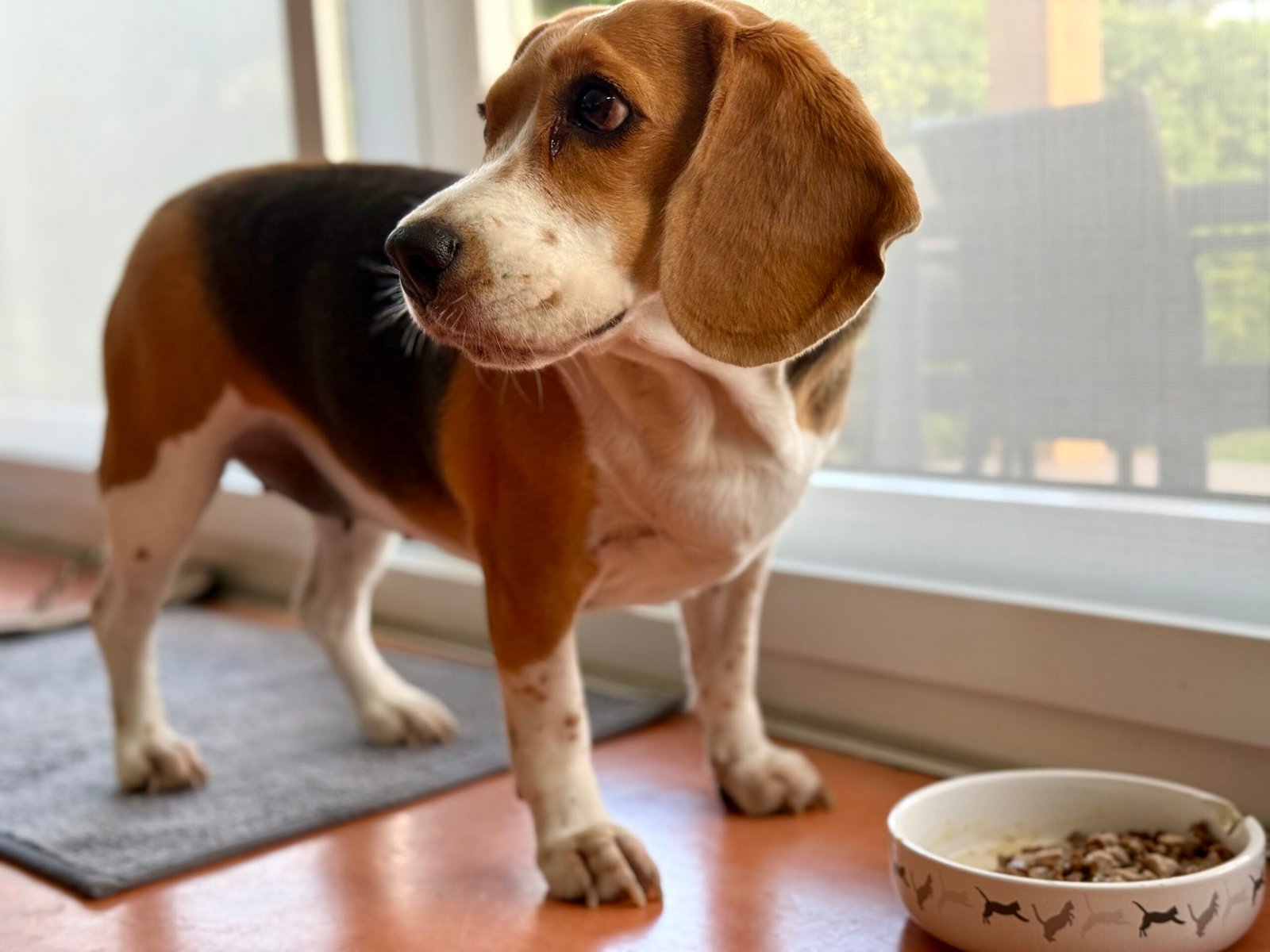
Nutrition is the foundation of a healthy, shiny coat. When your dog’s food lacks crucial nutrients, their fur often becomes dry, brittle, and faded. Proteins, healthy fats, and certain vitamins like A, E, and B are essential to maintain that silky texture and vibrant color. Think of these nutrients as the bricks and mortar for every hair on your dog’s body—without them, things quickly fall apart.
If you rely on low-quality dog food or homemade diets that aren’t well-balanced, your pup might not get what they need. Inexpensive kibbles often substitute animal proteins with fillers like corn or soy, which offer little nutritional value. Over time, the lack of omega-3 and omega-6 fatty acids—key for moisture and shine—leaves the coat dull and flaky. Sometimes, even with the best intentions, a slight nutritional imbalance can make all the difference. The good news? Upgrading your dog’s diet or adding supplements can work wonders, sometimes in just a few weeks.
Dehydration: When Water is Forgotten
Water is often overlooked, but it’s as vital for a dog’s coat as it is for their overall health. Without enough hydration, a dog’s skin loses its natural oils, leading directly to a brittle, dry fur. Imagine trying to keep a plant lush and green with barely any water—it just can’t happen. The same is true for your dog.
If your pup isn’t drinking enough, perhaps due to a busy day, warm weather, or medical issues, you’ll notice their coat losing that healthy gleam. Signs of dehydration can include sticky gums, sunken eyes, and lethargy, along with the obvious coat changes. Always make sure your furry friend has access to clean, fresh water, especially after play or exercise. Sometimes, simply encouraging more water intake can restore shine and bounce to their fur in no time.
Underlying Health Problems: The Hidden Dangers
A dull, dry coat can be an early warning sign that something deeper is going on with your dog’s health. Conditions like hypothyroidism, diabetes, or kidney disease often manifest first in changes to the skin and fur. These issues can disrupt hormone balances or affect how your dog’s body absorbs nutrients, leading to poor coat quality.
If you notice other symptoms, like weight changes, persistent itching, or changes in energy, it’s time to consult your vet. Sometimes, a dull coat is the tip of the iceberg—a gentle nudge from your dog that all is not well inside. Early detection and treatment of these health problems can not only help restore your dog’s coat but also improve their quality of life. Don’t ignore the warning signs; your pup is counting on you.
Parasites and Skin Conditions: The Unseen Irritants
Fleas, ticks, mites, and even certain fungal infections can wreak havoc on your dog’s skin and coat. These tiny troublemakers often go unnoticed until the itching, scratching, and hair loss become impossible to ignore. As your dog’s body fights off these invaders, the skin can become inflamed and dry, and the coat loses its natural luster.
Beyond biting pests, conditions like mange or ringworm can create scaly patches and break down hair structure. If your dog is scratching constantly or you spot unusual bald spots, it’s crucial to examine their skin closely. Prompt treatment from your vet not only relieves discomfort but also allows the coat to begin its journey back toward health and beauty.
Excessive Bathing or Harsh Grooming Products
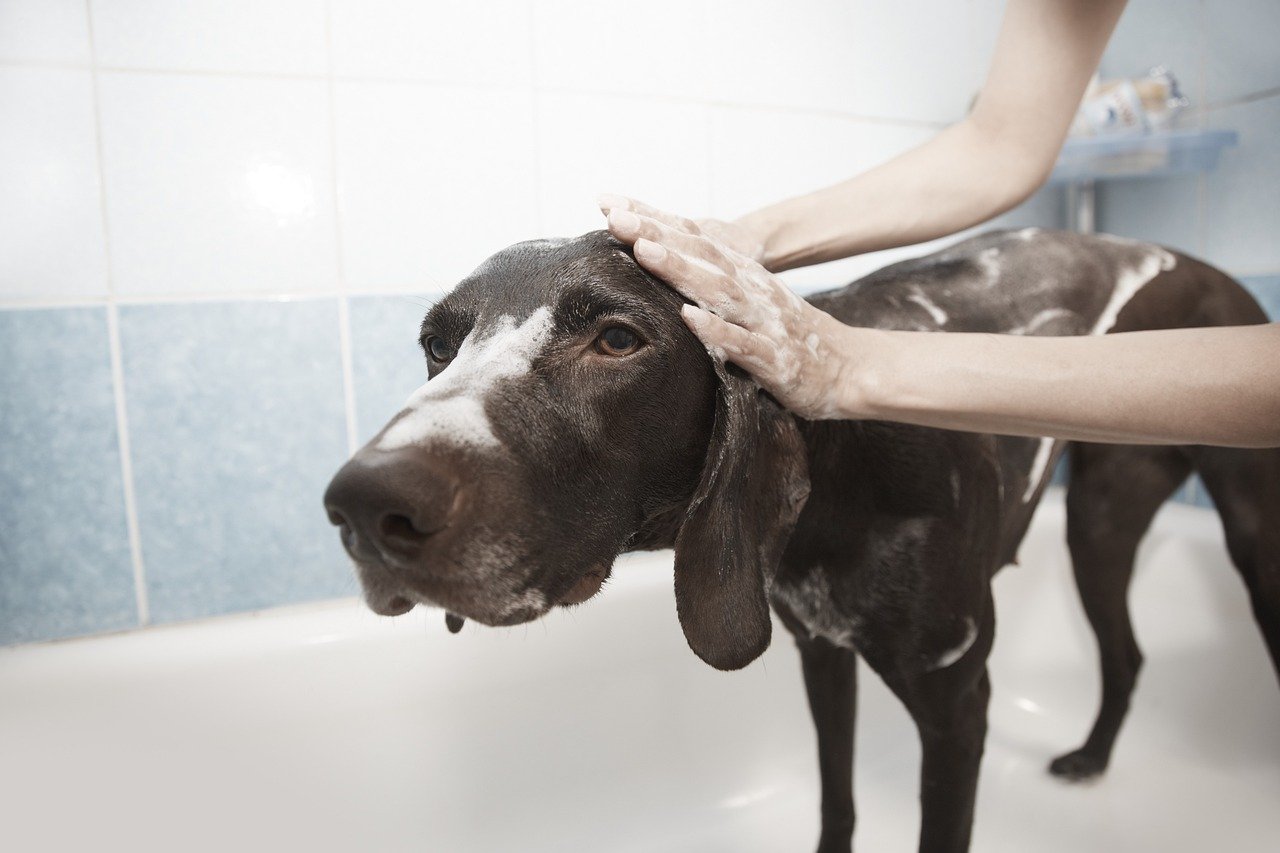
While keeping your dog clean is important, too much of a good thing can be harmful. Bathing your dog too frequently, especially with shampoos made for humans or harsh chemicals, strips natural oils from their skin. These oils are what give your dog’s coat its softness and shine. Without them, fur becomes dry, brittle, and even prone to breakage.
Gentle grooming is key. Use products specifically formulated for dogs, and stick to a bathing schedule that matches your dog’s lifestyle and breed. Over-brushing can also damage the hair shaft and skin. Think of your dog’s coat like your favorite sweater—treat it gently, and it will look fabulous for years to come.
Allergies: When the Body Overreacts
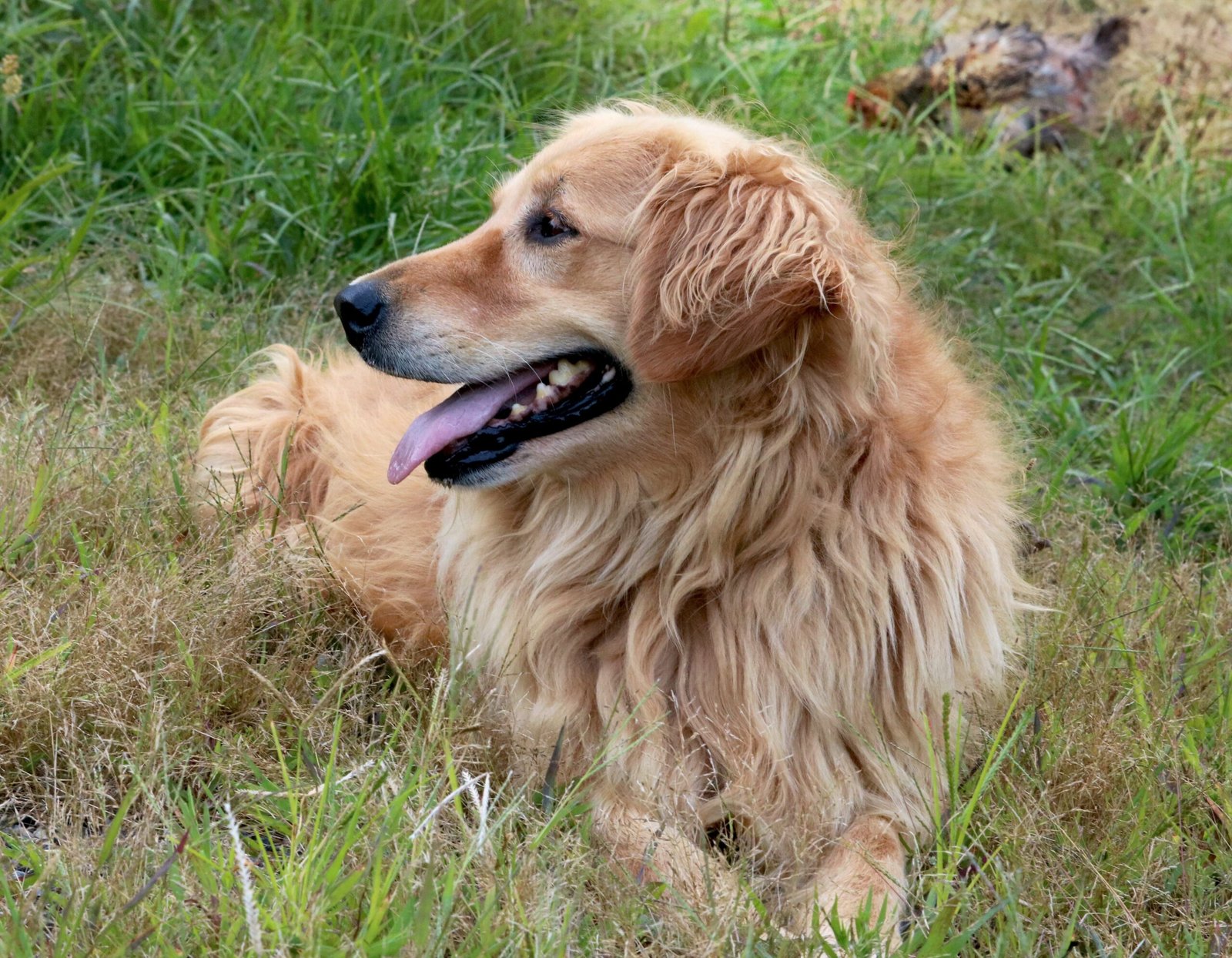
Allergies are a surprisingly common culprit behind a dull, dry coat. Dogs can be allergic to almost anything—certain foods, pollens, dust, or even chemicals in their environment. When their bodies react, it often shows up first in the skin and fur. Itching, redness, and dry patches are telltale signs, but sometimes, it’s just an overall lack of shine.
If you’ve recently changed your dog’s food, moved to a new area, or introduced new cleaning products in your home, allergies might be at play. Trial and error, along with your vet’s advice, can help pinpoint and remove the offending allergen. Once the trigger is gone, many dogs quickly regain their healthy, glossy coats.
Age: The Natural Course of Time
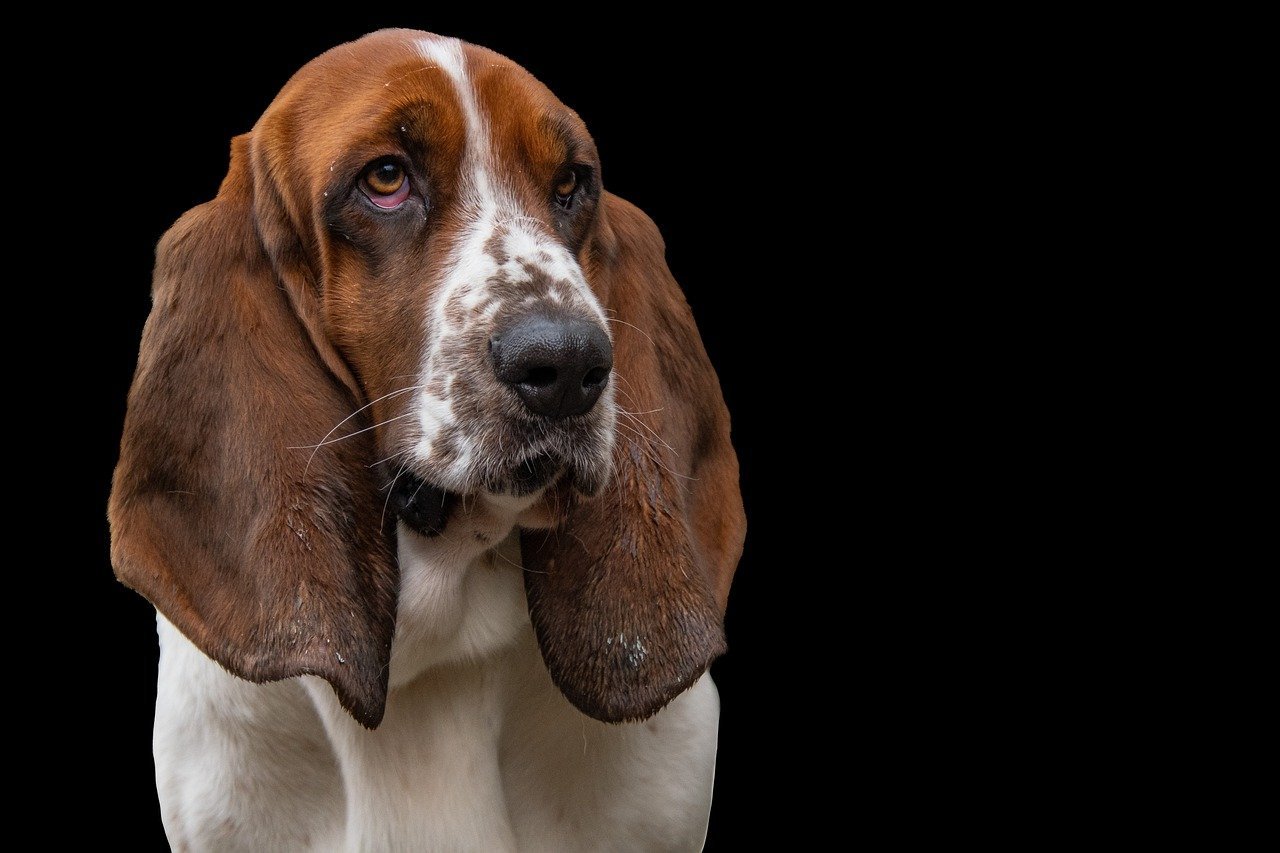
As dogs grow older, changes in their coat are almost inevitable. Their bodies produce fewer natural oils, and fur can become coarser or thinner. Just like humans might notice more split ends or dryness with age, older dogs often lose that puppy-soft coat, replaced with something a bit rougher and less shiny.
While you can’t turn back the clock, you can support your aging companion with a diet rich in fatty acids and regular, gentle grooming. Sometimes, special senior dog shampoos and conditioners can make a big difference. Aging is a natural process—show your senior pup a little extra love, and their coat will reflect your care and devotion.
Environmental Factors: The World Around Your Dog
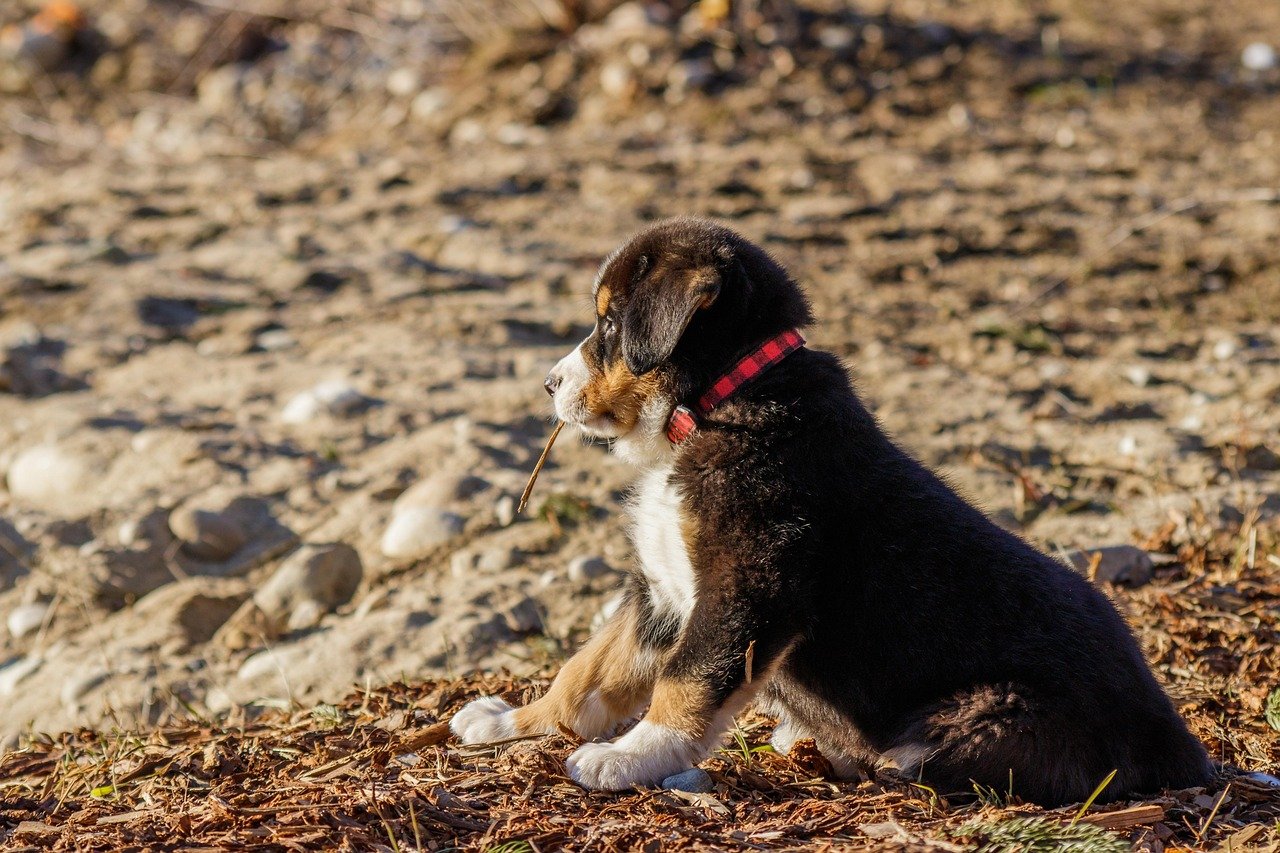
Environmental conditions play a huge role in the quality of your dog’s coat. Dry air, extreme temperatures, and even pollution can sap moisture from both skin and fur. Think of how your own skin feels after a day in the sun or wind—your dog’s coat is no different.
If your home is especially dry in winter, or if your dog spends a lot of time outdoors in harsh conditions, their coat can suffer. Using a humidifier, providing shade and fresh water, or even adjusting your dog’s grooming routine according to the seasons can offer relief. Sometimes, a small change in your dog’s environment is all it takes to restore their fur’s natural beauty.

Andrew Alpin from India is the Brand Manager of Doggo digest. Andrew is an experienced content specialist and social media manager with a passion for writing. His forte includes health and wellness, Travel, Animals, and Nature. A nature nomad, Andrew is obsessed with mountains and loves high-altitude trekking. He has been on several Himalayan treks in India including the Everest Base Camp in Nepal.





